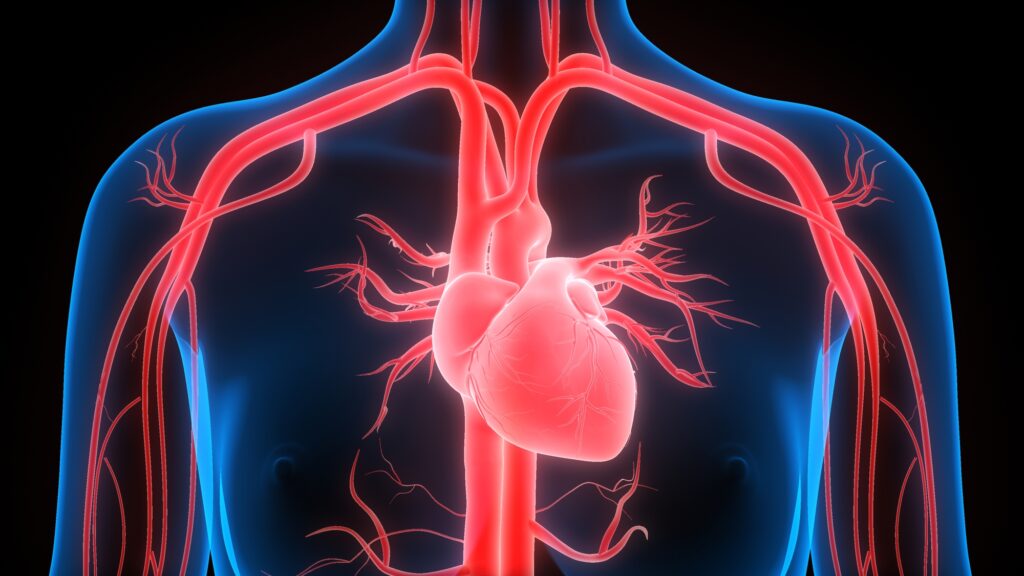Cardiovascular disease (CVD)—a catch-all term describing a multitude of illnesses related to the heart and blood vessels—is the leading cause of death worldwide, responsible for an estimated 17.9 million deaths each year. In the United States alone, one person dies every 33 seconds from CVD.
While many lifestyle factors that contribute to CVD are well-known—such as unhealthy diet and smoking—one that hasn’t received as much attention is poor oral health. But for years, scientists have known about the link between periodontitis, a common infection of the gums, and the development of CVD, leading many to suspect that inflammatory factors enter the bloodstream through the gums and do further damage to the vascular system.
With this in mind, a group of Canadian researchers set out to determine whether lower levels of oral inflammation found in young people without diagnosed periodontal issues could be indicative of cardiovascular health. Their results were published in August in Frontiers in Oral Health.
The Study
The scientists recruited 28 non-smokers between the ages of 18 and 30 who had no comorbidities or medications that could affect cardiovascular risk and no reported history of periodontal disease. Participants were asked to fast for six hours, except for drinking water, prior to visiting the lab.
At the lab, the subjects rinsed their mouths with water before rinsing their mouths with saline, which was collected for analysis. Participants then laid down for 10 minutes for an electrocardiogram and remained prone for another 10 minutes so that the scientists could take their blood pressure, flow-mediated dilation, and pulse-wave velocity.
The team chose pulse-wave velocity, which can measure the stiffness of arteries, and flow-mediated dilation, a measure of how well arteries can dilate, as key indicators of cardiovascular risk because they both measure arterial health directly: stiff and poorly functioning arteries raise patients’ risk of cardiovascular disease.
After analyzing the results, the researchers found that a high white-blood-cell count in the saliva had a significant relationship to poor flow-mediated dilation, suggesting that these people may be at an elevated risk of cardiovascular disease. However, there was no relationship between white blood cells and pulse wave velocity, meaning that longer-term impacts on the health of the arteries had not yet taken place.
Conclusions
Although they noted that more research is needed to fully understand the impact of different levels of oral inflammation and CVD, the scientists hypothesized that inflammation from the mouth, leaking into the vascular system, impacts the ability of arteries to produce the nitric oxide that allows them to respond to changes in blood flow. Higher levels of white blood cells could have an even greater impact on vascular dysfunction; the levels found in the participants are usually not considered clinically significant.
“Even in young healthy adults, low levels of oral inflammatory load may have an impact on cardiovascular health,” said Trevor King, PhD, of Mount Royal University, one of the study’s authors. “Optimal oral hygiene is always recommended in addition to regular visits to the dentist, especially in light of this evidence.”
Perhaps even more importantly, these results could lead to better diagnostic techniques for CVD. “The mouth rinse test could be used at your annual checkup at the family doctor or the dentist,” said Michael Glogauer, PhD, of the University of Toronto, a co-author of the study. “It is easy to implement as an oral inflammation measuring tool in any clinic.”






